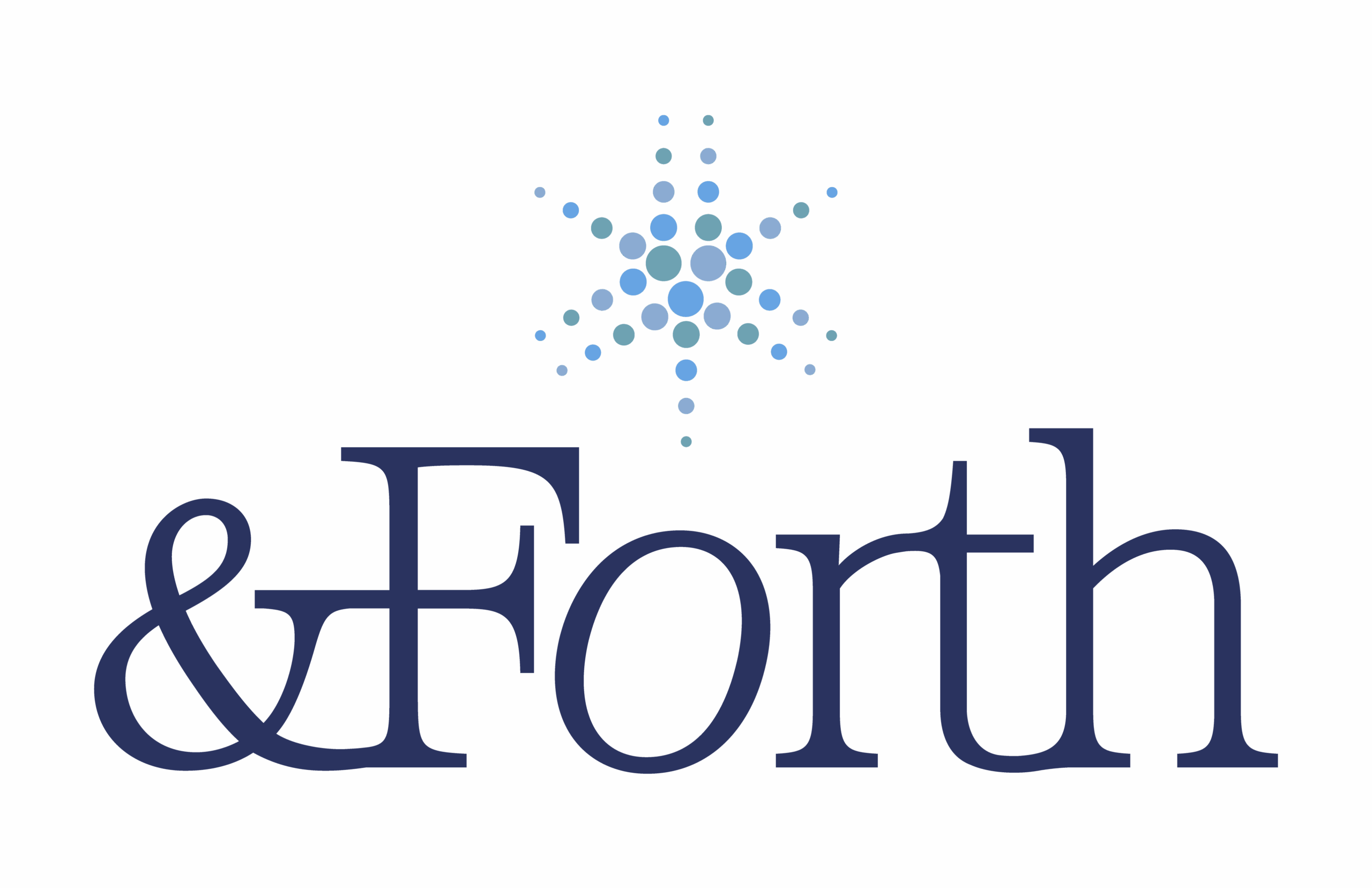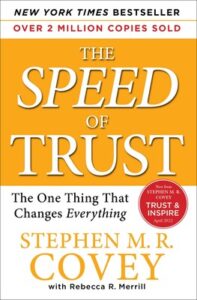Core 3 – Capabilities, page 91.
“If you don’t like change, you’re going to like irrelevance even less.” – General Eric Shinseki, U.S. ARMY Chief of Staff
- The first dimension of competence is capabilities.
- Capabilities are the talents, skills, knowledge, capacities, and abilities we have that enable us to perform with excellence.
- Going back to the tree metaphor, capabilities are the branches that produce the fruits or results.
- Capabilities are vital to creating credibility – both personally and organizationally.
- You can have integrity and good intent, and even a record of producing good results in the past, but at the end of the day – in this rapidly changing knowledge worker economy – if you don’t have current capabilities, you will not have credibility. You’ll be irrelevant. You’ll be taxed. You won’t get the dividends of trust.
- An example of someone who has the other three cores – but not capabilities – would be someone who is honest and caring and produces the results necessary to be promoted to a new level of responsibility that he doesn’t have the competence to handle. This is the Peter Principle – promoting people to the level of their incompetence.
- The main message here for both individuals and organizations is that to remain credible in today’s world, we need to constantly improve our capabilities.
- It’s vital to reinvent yourself every three years to significantly upgrade your skill set and knowledge. This will help you remain relevant with the ability to make new contributions in a world of constant change.
TASKS
- One way to think about the various dimensions of capabilities is to use the acronym “T.A.S.K.S.”:
- Talents: Our natural gifts and strengths.
- Attitudes: Our paradigms – our ways of seeing, as well as our ways of being.
- Skills: Our proficiencies, the things we do well.
- Knowledge: Our learning, insight, understanding, and awareness.
- Style: Our unique approach and personality.
- These are all parts of what we call our capabilities. They are our means to produce results.
- Here are some questions to consider…
- Talent:
- What are my unique strengths and talents?
- What is the highest and best use of my talents?
- How can I better maximize the talents I have?
- What talents might I have that I have not yet developed?
- Attitude:
- What are my attitudes about work?
- What are my attitudes about life?
- What are my attitudes about learning?
- What are my attitudes about myself, my capabilities, and my opportunities to contribute?
- Are there more productive attitudes and paradigms I could embrace that would help me create better results?
- Skill:
- What skills do I currently have?
- What skills will I need in the future that I do not currently have?
- To what degree am I constantly upgrading my skills?
- Knowledge:
- What is my current level of knowledge in my specific field?
- What am I doing to stay current?
- What other areas of knowledge am I pursuing?
- Style:
- How effective is my current style in approaching problems and opportunities and interacting with others?
- Does my approach facilitate or get in the way of accomplishing what needs to be done?
- What can I do to improve how I go about doing things?
Matching T-A-S-K-S to Tasks
- The end here is to develop our TASKS and match them to the tasks at hand – to create the best possible alignment between our natural gifts, passions, skills, knowledge, and style and the opportunity to earn, contribute, and make a difference.
- In Good to Great, Jim Collins talks about the importance of having “the right people on the bus” and “the right people in the right seats.” As a leader, you want to have capable people in your organization, but you also want to create the right match between a person’s specific capabilities and the job you are asking that person to do.
- Smart companies engage in practices such as competency modeling, training, mentoring, and coaching to help ensure that those who are promoted have the TASKS that will help them establish the credibility they need to succeed.
- The attitude and habit of continuous improvement is one of the prime differentiators between companies that remain relevant and succeed and those that fall by the wayside in today’s global economy.
How to Increase Your Capabilities
- Run With Your Strengths (and with Your Purpose)
- The idea here is to identify your strengths (whether they be Talents, Attitudes, Skills, Knowledge, or Style), and then focus on engaging, developing, and leveraging what’s distinctly yours.
- Feed strengths, starve weaknesses. We make our weaknesses irrelevant by working effectively with others so that their strengths compensate for our weaknesses.
- Keep Yourself Relevant
- You need to be engaged in lifelong learning.
- Know Where You’re Going
- At the end of the day, people follow those who know where they are going.
- To know where you are going and to have the capabilities to get there is another way of demonstrating competence.
- Competence, coupled with character, creates a credible leader whom others will follow.
- “The people you lead want to know where you are going.” – Christopher Galvin, Chairman and CEO, Motorola
Trust Abilities
- While character is constant, competence is situational. It depends on what the circumstance requires.
- There are a few areas of competence that are vital in every situation, and “trust abilities” are at the top of the list.
- “Trust Abilities” are basically what this book is all about – your ability to establish, grow, extend, and restore trust.
- Your technical abilities are taxed dramatically – sometimes even becoming irrelevant – in direct relation to your trust abilities.
- Even considering how important technical abilities are with regard to trust, I am convinced that the most important thing you can get out of this chapter is the awareness of the supreme importance of trust abilities.

